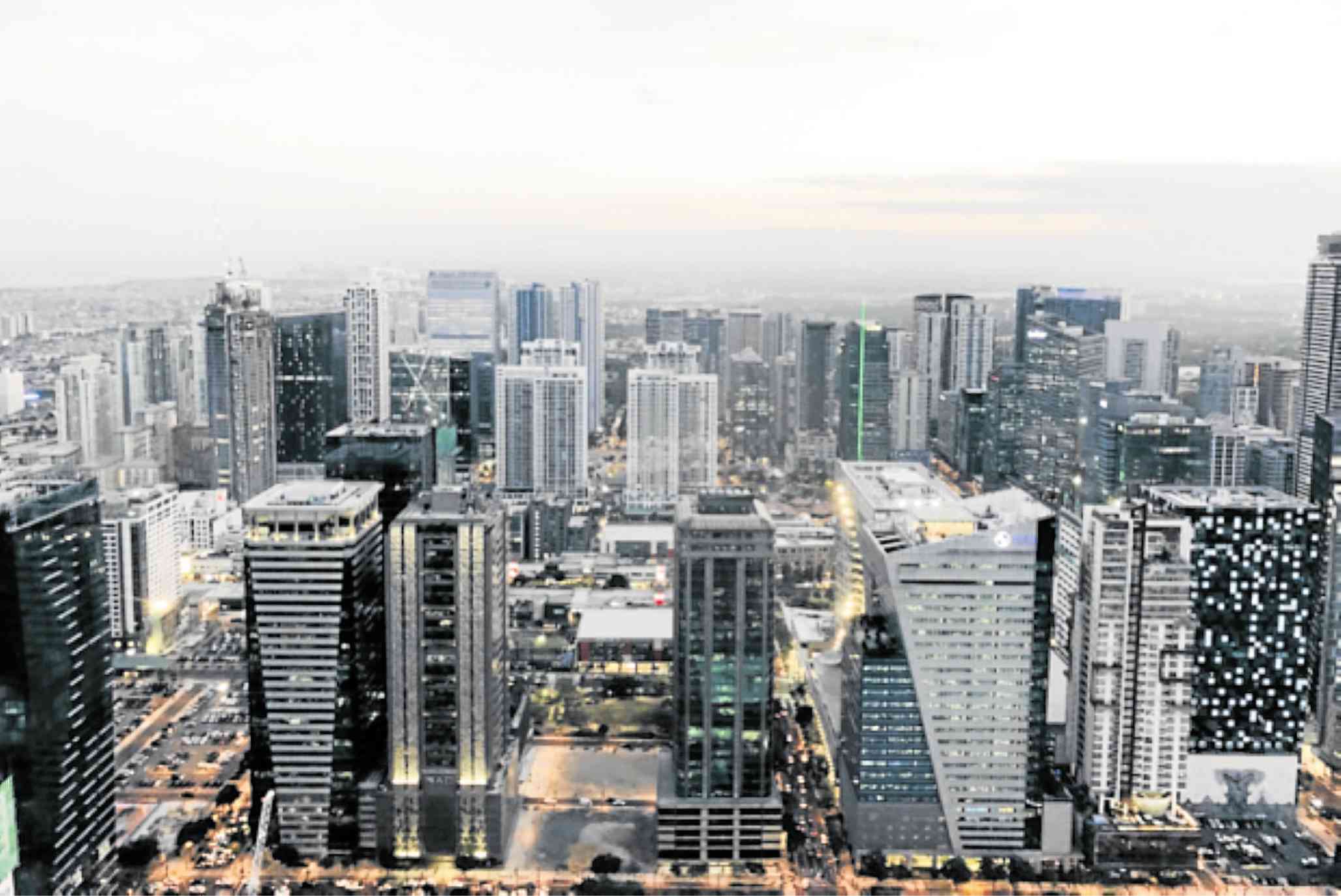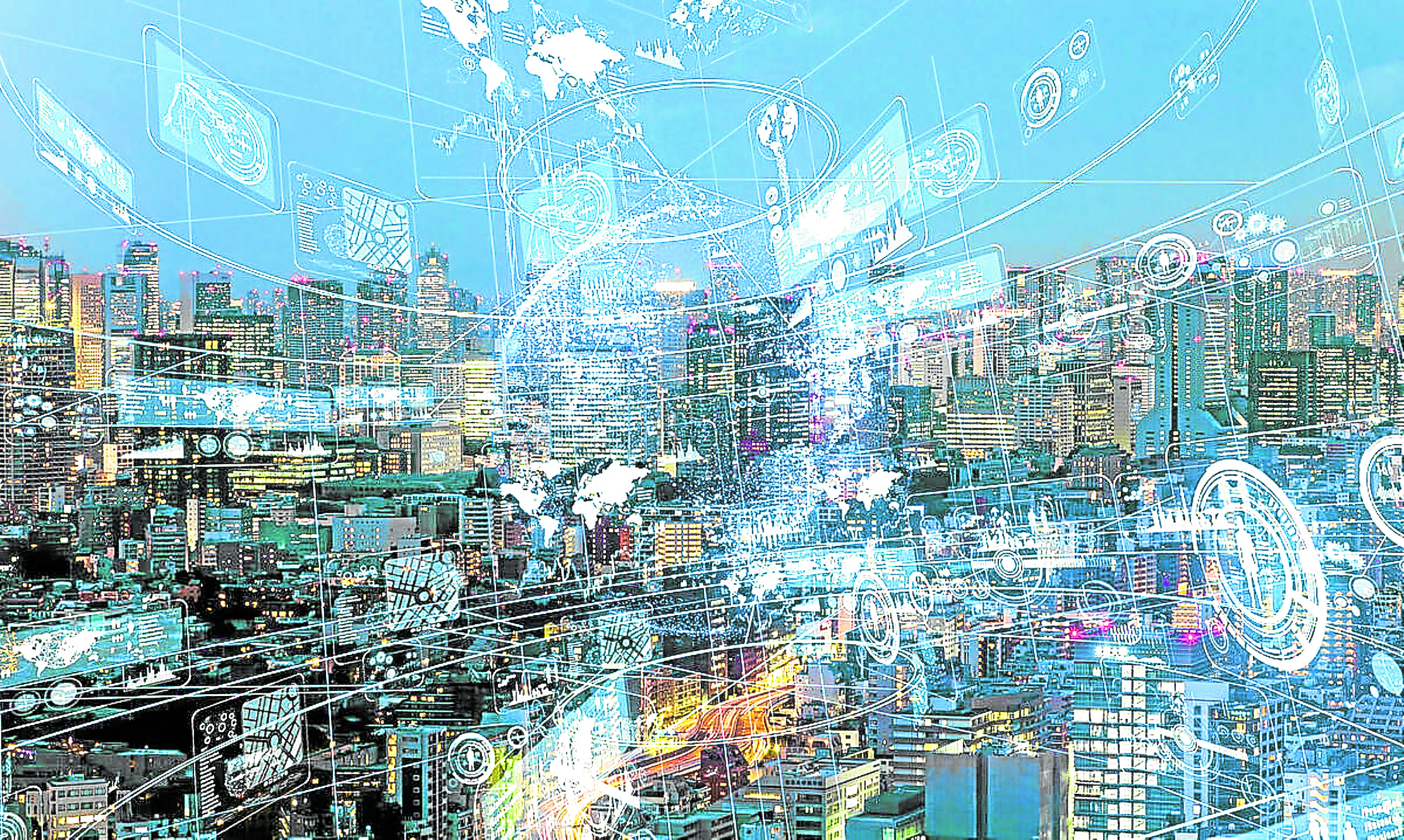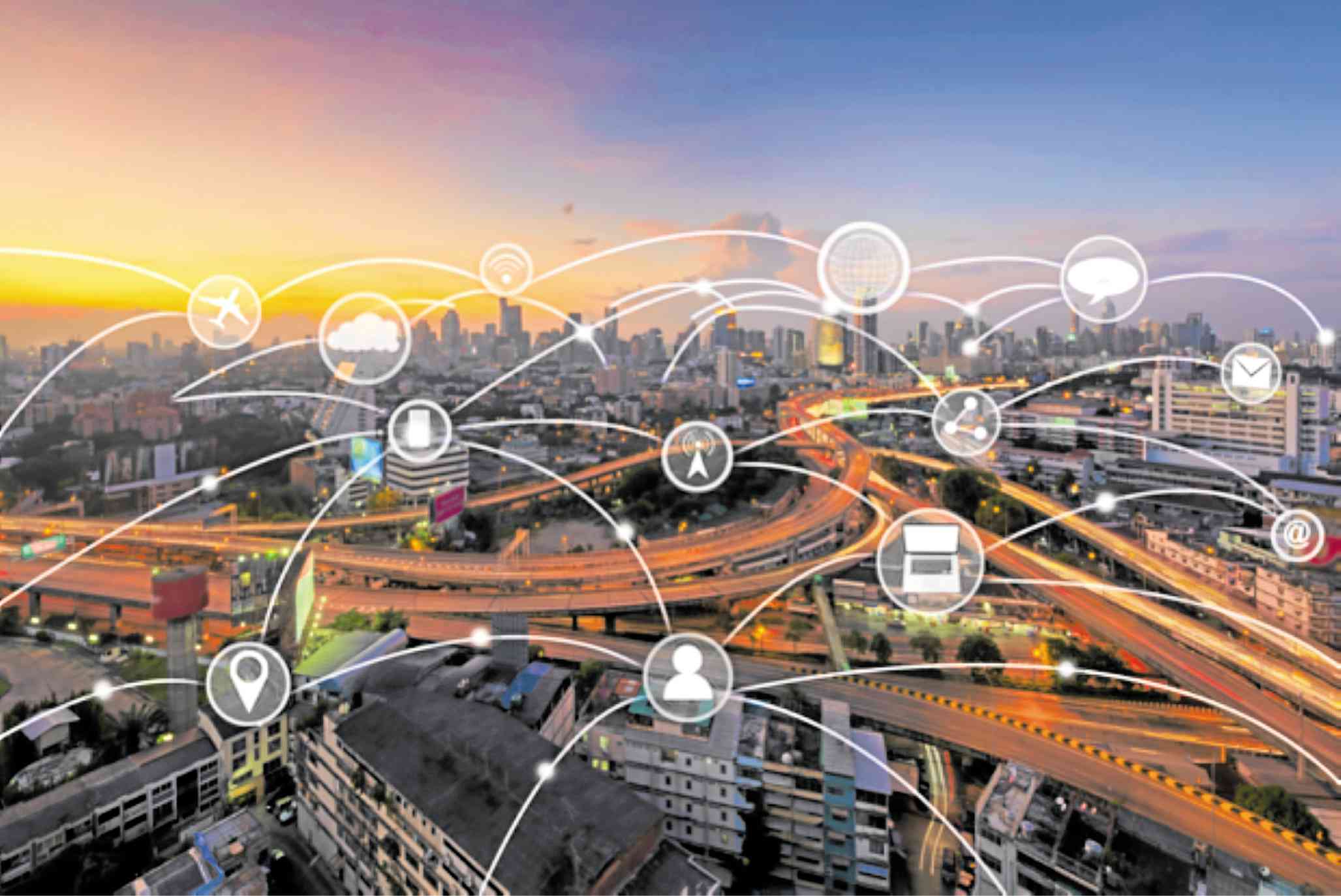Urban digitalization and place outcomes

Digital systems have permeated the different sectors of urban planning, governance and assessment. (INQUIRER FILE PHOTO)
Disruptive events ranging from historical milestones to natural calamities and technological breakthroughs can radically transform places and the activities they accommodate.
People-place dynamics figure in the adaptive processes that follow these change triggers. Digitalization has been both a response to and a trigger factor for disruptive variables that manifest in urban form creation.
Digitalization, in general, involves changes enabled by the shift from analog to digitized systems, in-person to online transactions and manual to automated processes (Gartner, 2022).
Computing technology, data analytics, and artificial intelligence have redefined urban transactions and decision-making. Innovation is stimulated as design boundaries expand through increased access to information and data processing technology.
Transformative value of urban digitalization
Digital systems have permeated the different sectors of urban planning, governance and assessment. Health, education, recreation and other social aspects of city life have been re-imagined in different ways, resulting in new lifestyles and thought paradigms.
Social units are constantly reorganized as new roles are assumed in an ever-changing world order. The geographic reach of socioeconomic transactions reconfigures city edges and interdependency networks.
Life preservation is aided by forecasting techniques that are essential to risk management. Evidence and data-based decision-making account for sound investment plans for infrastructure and social services.
Levels of digitalization

Big data repositories provide the baselines for modeling social and natural phenomena. Organized databases lay the groundworks for sensing, prioritizing and forecasting. Correlation and morphology studies serve to deepen the understanding of the dynamic variables underlying urban forms. Data sharing can promote unity towards shared advocacies.
At the very least, digitalization keeps people in the loop through access to updated information.
Systems automation enables online transactions, goal-driven delivery of services such as energy and waste management systems. Surveillance through automated security systems can also aid in the delivery of protective services. Digital twinning of cities allows planners to manipulate urban settings without adversely affecting the status quo. Alternative visions may be tested to compare outcomes with the goal of selecting the best use of resources.
Divergences with urbanization

A city is essentially formed out of interdependent systems and agglomeration tendencies. The more the city is connected, the more functional and efficient it becomes.
The city is defined by variety, dynamism and robustness. It thrives through adaptive, evolutionary and regenerative processes. It is both a place that is perceived by the senses and a process that involves contrived and serendipitous events.
Digitalization enables connections but it can also account for disconnectedness.
With the remote transactions come physical distance and isolation. The configured structures of computer programs resulting in standardized outputs also run counter to the concept of vibrance that comes with variety and incoherence. The predictability of programmed processes may rob cities of opportunities that emerge from serendipitous encounters. The erosion of the notion of place comes with the possibility to be anywhere and be everywhere at the same time.
The other side of digitalization principles

But while platforms that are open for public access serve to widen the reach of information and services, varying capacities to be in the network still account for the hierarchical terrain of users. Not everyone is equipped with the hardware and skills required to be fully engaged.
Capital outlays for the hardware part and technical competencies for the software side limit access and exclude other stakeholders in the process. Cost-efficiency goals in some cases are achieved by shifting from manual to automated systems and therefore the consequent trade-offs in terms of employment opportunities.
The human aspects of urban settings may also be compromised with the possible loss of community sense built out of in-person interactions. Non calibration of technology can also result in non-contextual application and lack of cultural sensitivity in city planning and urban design.
Moving forward
Digitalization opens new and exciting possibilities for place creation and city experience. Planning and managing places should gear at optimizing benefits while being cognizant of social polarizing effects. (Reference: Gartner, Inc. (2023). Information Technology (IT) Gartner Glossary. https://www.gartner.com)The author is a Professor at the University of the Philippines College of Architecture, an architect, and urban planner

